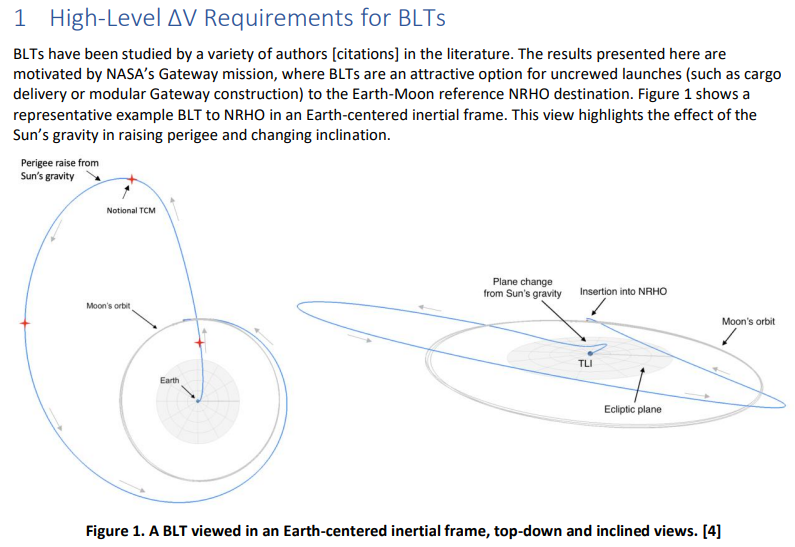NASA Ames's feature CAPSTONE’s CubeSat Prepares for Lunar Flight says
CAPSTONE will use a hydrazine-fueled propulsion system during most of its three- to four- month journey to the Moon. This line of propulsion system, developed by Stellar Exploration Inc. of San Luis Obispo, California, is a recently developed and flight-proven system developed for use on CubeSats. The team recently completed a fueling and final test-fire of CAPSTONE’s propulsion system at Stellar Exploration’s facility and is integrating the system with the spacecraft.
But before CAPSTONE fires its own thrusters, Rocket Lab’s Electron rocket will launch the mission from Earth carrying the CAPSTONE spacecraft integrated onto its new Lunar Photon upper stage/spacecraft. For the mission, Lunar Photon will serve as an upper stage to get CAPSTONE to a highly efficient ballistic lunar transfer trajectory designed by Advanced Space of Colorado. About seven days after launch, after a series of orbit raising maneuvers and the final trans-lunar injection burn, Photon will release CAPSTONE. After the deep space, low energy transfer, the CAPSTONE spacecraft will insert itself into the near rectilinear halo orbit. At the same time, Lunar Photon will continue to a separate orbit for its safe disposal.
Question: Is there a fairly detailed outline of CAPSTONE's "highly efficient ballistic lunar transfer trajectory" from LEO to lunar near-rectilinear halo orbit? I'm having a hard time picturing when/where CAPSTONE separates from the Lunar Photon and where/how/how much later it inserts itself into NRHO.



